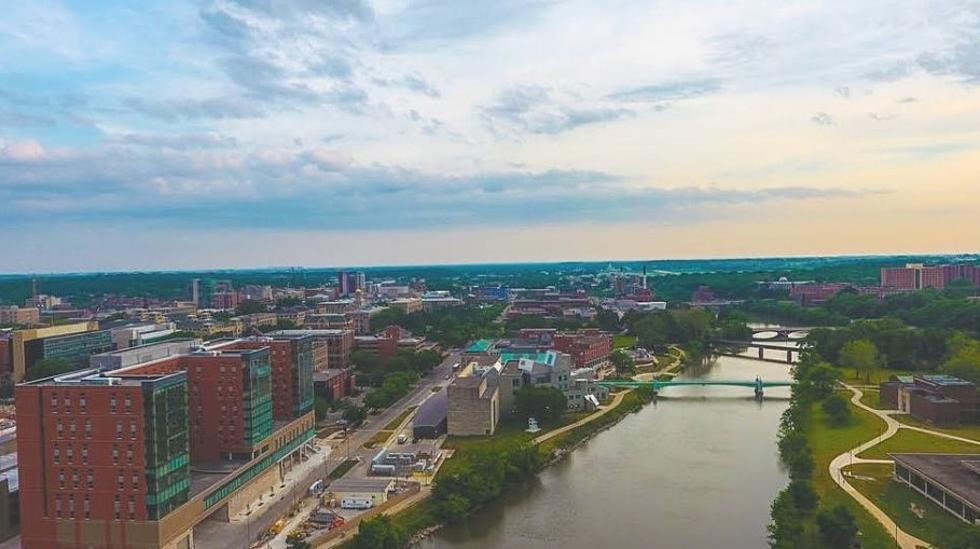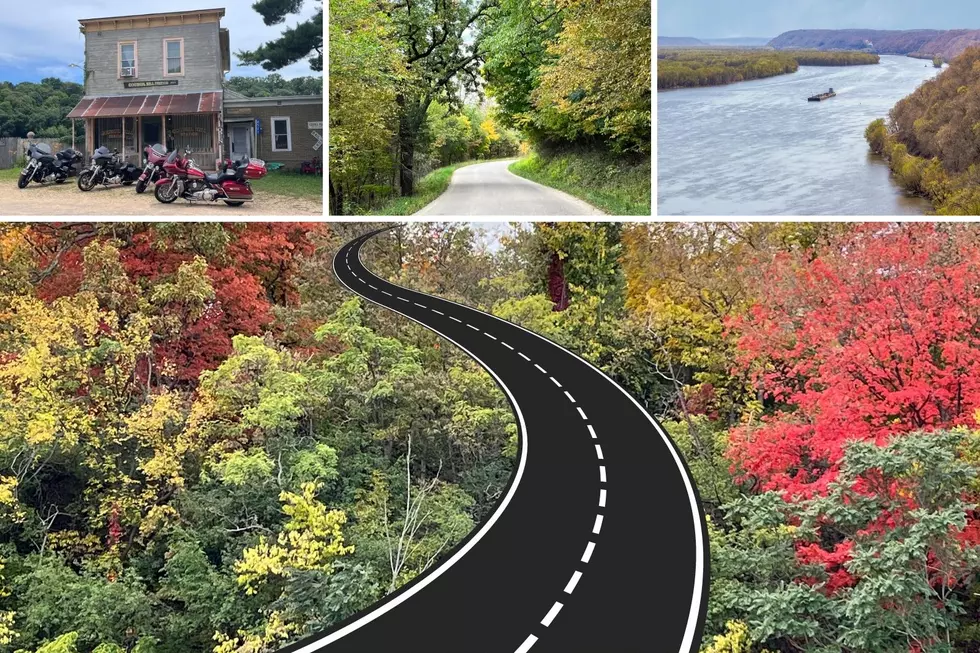
Don’t like the weather; just wait 5 minutes
It has been a strange weather… well, month, we'll call it. Tornadoes, Ice, Snow, Rain, Wind... a graupel all in the Tri-States within March. We kind of get the worst of all worlds in the Midwest for weather; and yet every year I seem to find Iowa weather giving me the chance to learn new, strange, and sometimes scary terms. Just last week we all were introduced, some of us for the first time (Me), to the term…
Graupel
I had never heard of a graupel until a few weeks ago when we had one. Super windy and cold conditions brought about what is also known at corn snow or soft hail. It’s when water droplets get frozen on to already falling snowflakes. It makes these neat little ice pebbles and you can definitely hear them when there are a lot of them falling, but they don’t do any damage like real hail will do.
Derecho
Iowan’s know all to well the devastation that was caused to Cedar Rapids and surrounding areas in the Corn Belt on August 10th of 2020. Estimated damages from NOAA were around 7.5 billion dollars. As we all know now a derecho is a widespread, long-lived wind storm that is associated with a band of rapidly moving showers or thunderstorms. To be labled a Derecho, storms must produce continuous or intermittent damage along a path at least 60 miles wide and 400 miles long, with frequent gusts of at least 58 mph and several well-separated gusts of up to at least 75 mph; parts of five Iowa counties were struck by wind gusts estimated at 110 to 140 mph.
Polar Vortex
Is it just me, or do we get one of every winter now!? Seriously the super chilled air that comes with a Polar Vortex lets you hop out side and freeze boiling water in seconds, just by throwing it up in the air (kids don’t try that at home). A polar vortex is a large area of low pressure and cold air surrounding both of the Earth's poles. During winter, the polar vortex at the North Pole expands, sending cold air southward. This happens fairly regularly and is often associated with outbreaks of cold temperatures across the United States. We’re talking air temps of -20 degrees with wind chills double that at 40 below in 2019 through the Tri-States.
Ice Jams
My Family actually was able to see one of these happen in real time in Cascade on a small stretch of the Maquoketa River in 2017 I believe. And from the video my wife took, it was a pretty neat event to see. An ice jam is pieces of floating ice carried with a stream's current which accumulates at any obstruction to the stream flow. Ice jams often develop near river bends, mouths of tributaries, points where the river slope decreases, downstream of dams and upstream of bridges or obstructions. Exactly why it happened right under the main street bridge or the cascading area of the river in Cascade. Ice jams can be potentially dangerous, but since they require a current and cold temperatures most people are not caught up in the events.
Droughts
Most people know this term but it seems to be coming up more and more, and as a person with a family full of farmers and ag workers, I can see the devastating affect that no rain and high heat can have on a community. Droughts costed Midwest farms an estimated 34.5 billion dollars in 2012 and was the most sever since the 1930’s. The ag community suffered many crop failures in corn, soybeans and other popular crops due to heat stress. There are even 123 casualties tied to this drought.
Floods
Every year we always end up with a few. That’s the cost of big snow winters and all the great rushing rivers the Midwest has to feed its crops. Everyone who grew up in the tri-states, or was alive at the time, remembers the floods of 1993. This was the biggest weather disaster in the Midwest, in terms of estimated, which would cost over 40 billion dollars today. It took place from months of flooding from June 27th to August 15th. Persistent rain and thunderstorms wreaked havoc on agriculture, infrastructure, homes and businesses across a multitude of states. Rivers around the region set records for historical flood heights, resulting in the costliest inland, non-tropical flood on record in the U.S.
Maybe you learned a new term or two or at least understand the weather situation us Midwesterners are often times dealing with. You know the old Mark twain saying, “If you don’t like the weather, just wait 5 minutes.” It’s definitely true for Iowa and the Tri-States. Despite all the “fun” we get to have with weather here; I wouldn’t change a thing.
LOOK: The most expensive weather and climate disasters in recent decades
More From AM 1490 WDBQ









